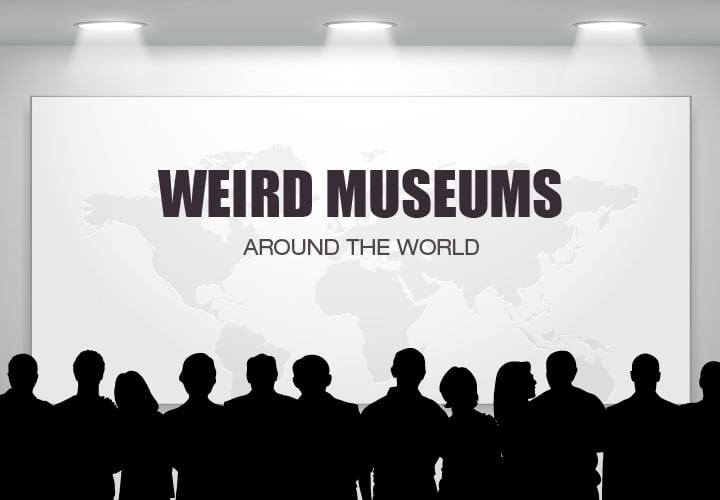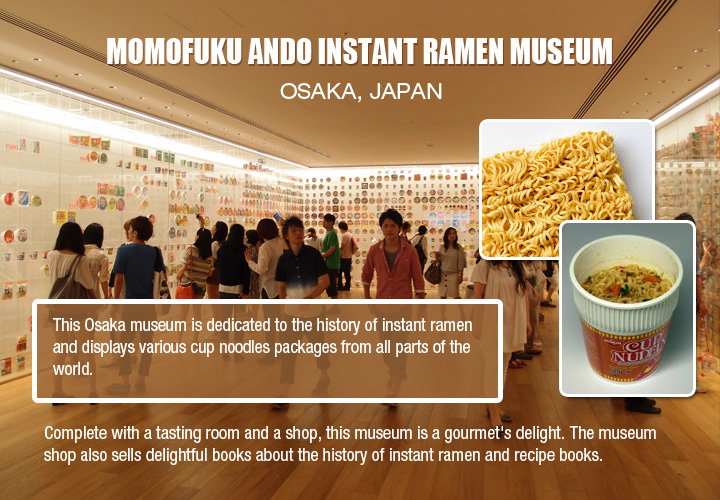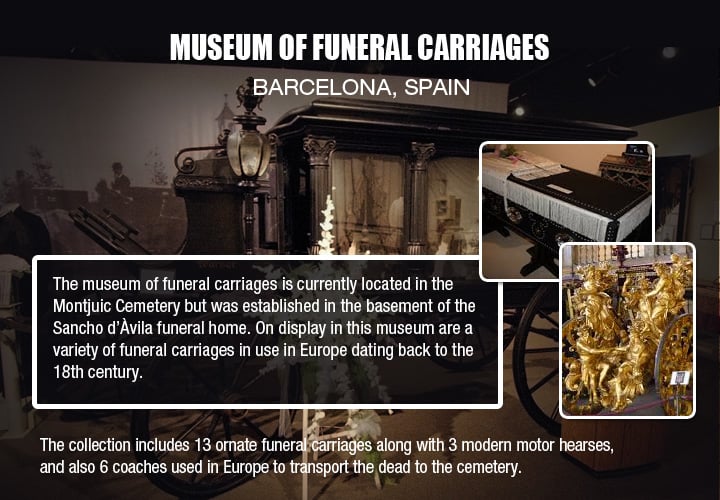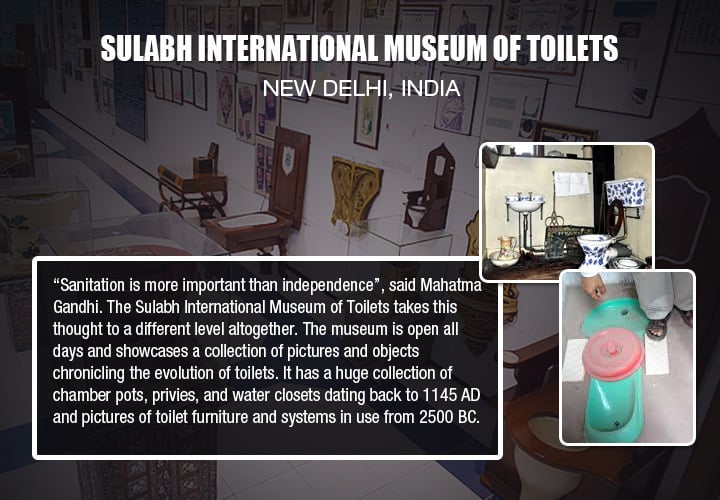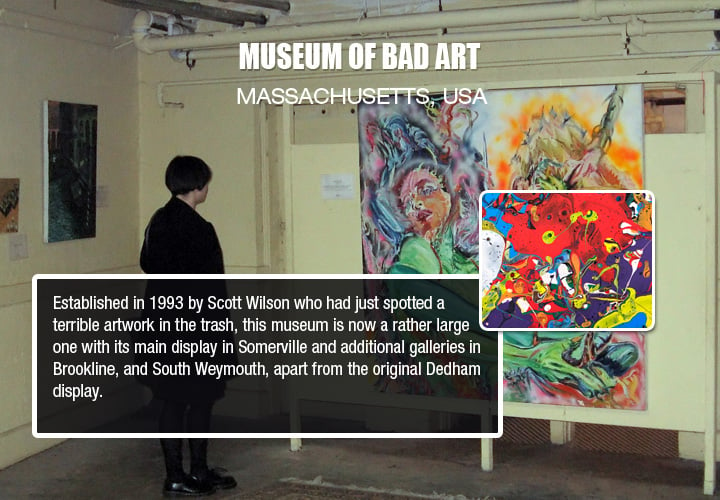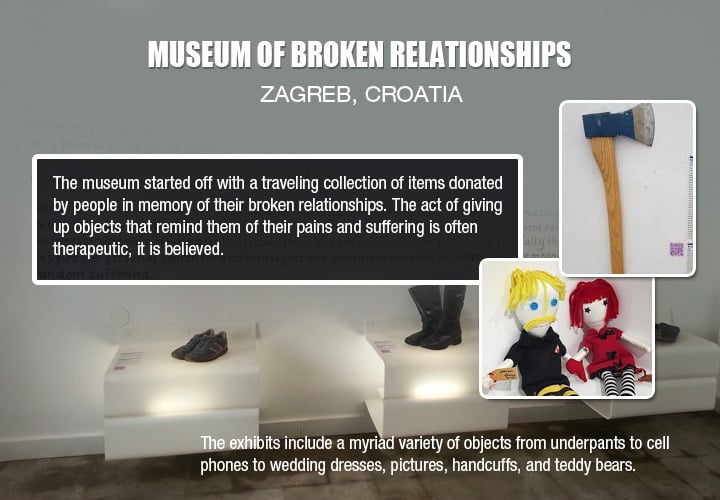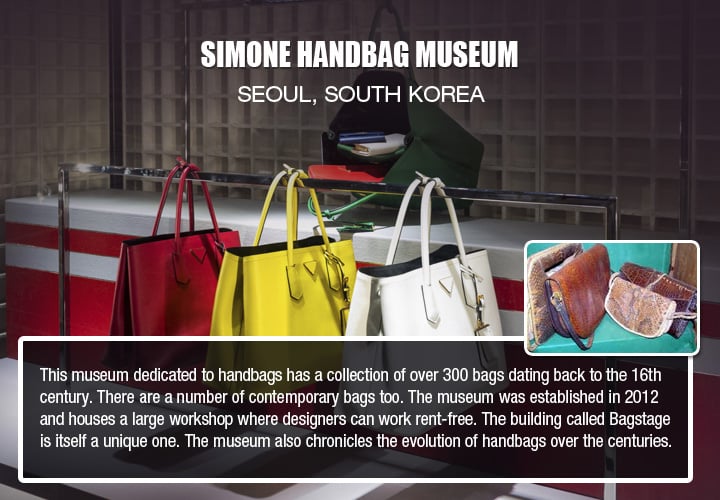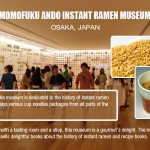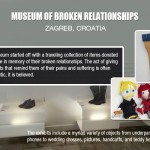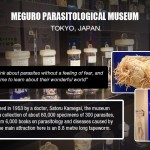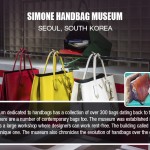Momofuku Ando Instant Ramen Museum
Location: Osaka, Japan
Who doesn’t like cup noodles and instant ramen? Ever wondered who invented these universally delightful foods? Momofuku Ando from Japan did. In 1958, Ando came up with Chicken Ramen after years of research and experiments in his backyard shed. This Osaka museum is dedicated to the history of instant ramen and displays various cup noodles packages from all parts of the world. Complete with a tasting room and a shop, this museum is a gourmet’s delight. The museum shop also sells delightful books about the history of instant ramen and recipe books.
Dog Collar Museum
Location: Leeds Castle, Kent, UK
“If you’re looking for loyalty, get a dog”, they say. Right in the midst of all the royal memorabilia and treasures from the times of Henry VIII showcased in the Leeds Castle of Kent, is a stunning display of dog collars. This museum is certainly a favorite with most dog lovers from across the globe. The earliest dog collars on display were donated by Gertrude Hunt, the wife of renowned medievalist, John Hunt. By now, the museum has an impressive collection of over 100 dog collars, leashes, and related articles.
Museum of Funeral Carriages
Location: Barcelona, Spain
The one of its kind museum of funeral carriages is currently located in the Montjuic Cemetery but was established in the basement of the Sancho d’Àvila funeral home. On display in this museum are a variety of funeral carriages in use in Europe dating back to the 18th century. The collection includes 13 ornate funeral carriages along with 3 modern motor hearses, and also 6 coaches used in Europe to transport the dead to the cemetery. The museum was established in 1970 and records a considerable number of visitors each year.
Sulabh International Museum of Toilets
Location: New Delhi, India
“Sanitation is more important than independence”, said Mahatma Gandhi. The Sulabh International Museum of Toilets takes this thought to a different level altogether. The museum is open all days and showcases a collection of pictures and objects chronicling the evolution of toilets. It has a huge collection of chamber pots, privies, and water closets dating back to 1145 AD and pictures of toilet furniture and systems in use from 2500 BC. It displays a number of portable chamber ports, toilet equipment, and expensive flushes used by royalty from across the world.
Museum of Bad Art
Location: Massachusetts, USA
Ordinarily our reaction to bad art would be to look away and never return. But what if some art were too bad to ignore? That is the question that the Museum of Bad Art is asking its visitors. Established in 1993 by Scott Wilson who had just spotted a terrible artwork in the trash, this museum is now a rather large one with its main display in Somerville and additional galleries in Brookline, and South Weymouth, apart from the original Dedham display. Contrary to popular opinion, this museum is rather serious in its mission to preserve and chronicle the “fall of art” and the artists’ desire to preserve their terrible artworks.
Torture Museum
Location: Amsterdam, Netherlands
Torture was quite common in medieval Europe. Grotesque instruments were devised in England, France, Germany, Spain, and Netherlands. The torture museum of Amsterdam showcases many of these devices such as the guillotine, Catherine Wheels, thumb screws, skull crushers, and the iron maiden. The museum, though by no means macabre, is certainly not for the fainthearted. The museum has a huge collection of torture-themed literature. A number of educational tours are also held here. Turns out, this is among the most famous museums in the Netherlands.
Museum of Broken Relationships
Location: Zagreb, Croatia
What can be more universal and enduring than tales of romance and heartbreak? This museum in Croatia is dedicated to broken relationships and the poignant pain that it brings along. The museum started off with a traveling collection of items donated by people in memory of their broken relationships. The act of giving up objects that remind them of their pain and suffering is often therapeutic, it is believed. The exhibits include a myriad variety of objects from underpants to cell phones to wedding dresses, pictures, handcuffs, and teddy bears.
Meguro Parasitological Museum
Location: Tokyo, Japan
“Try to think about parasites without a feeling of fear, and take the time to learn about their wonderful world”, says the Meguro Parasitological Museum. Established in 1953 by a doctor, Satoru Kamegai, the museum houses a collection of about 60,000 specimens of 300 parasites, apart from 6,000 books on parasitology and diseases caused by them. The main attraction here is an 8.8 metre long tapeworm. While this museum is certain to give you nightmares if you are repulsed by parasites, it can certainly be very interesting for students of science and for doctors studying parasitology.
Salt and Pepper Shaker Museum
Location: Gatlinburg, Tennessee, USA
Salt and pepper shakers are the most important, albeit most ignored objects on our dinner tables. The Salt and Pepper Shaker Museum in Tennessee is dedicated to these ‘small wonders’. The collection was started about 25 years ago by an archeologist Andrea and her husband Rolf with her children for fun. The museum currently boasts of over 20,000 pairs of shakers. The collection includes delightful shakers from many parts of the world. A few of these are bejeweled and very expensive as well. The museum also has a gift shop where visitors can buy any pair of shakers that they like.
Simone Handbag Museum
Location: Seoul, South Korea
The handbag museum of Seoul has been described by CNN Travel as “every boyfriend’s nightmare”. But given that this museum is located in the now famous Gangnam District in a handbag shaped building, visitors do have ample warning. This museum dedicated to handbags has a collection of over 300 bags dating back to the 16th century. There are a number of contemporary bags too. The museum was established in 2012 and houses a large workshop where designers can work rent-free. The building, called Bagstage is itself a unique one. The museum also chronicles the evolution of handbags over the centuries.


